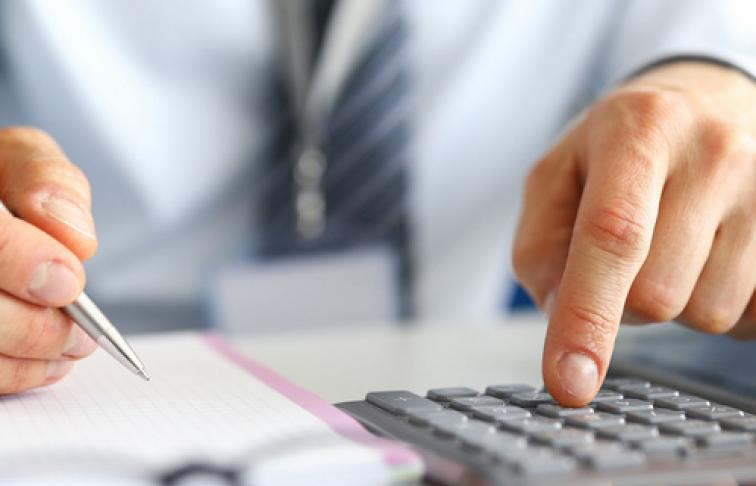Our Educate A Child International Fixed Term Deposit empowers education for marginalised and vulnerable children.


Last year the government announced plans designed to help the country recover after COVID. New plans to support economic growth through investment in infrastructure, skills and innovation were announced. So too was a ‘health and social care levy’ designed to raise funds for the NHS and adult social care.
The levy (or tax) is estimated to raise £36bn over the next three years. Under the plans, millions of workers will see increases to their tax bills. The levy will be paid on all earned income – although for those people working beyond state pension age, the levy will not come into effect until 2023.
In the first phase, from 6 April 2022, National Insurance Contributions (NICs) will increase by 1.25%. National Insurance is a mandatory tax on earnings and self-employed profits, which helps to pay for certain state benefits. This includes the state pension, statutory sick pay or maternity leave, or entitlement to additional unemployment benefits.
How much will my NIC increase by?
You can find National Insurance calculators online to find out how much your contributions are set to increase by. This calculator, from not-for-profit consumer rights organisation Which? enables you to use a dropdown menu to compare the current 2021-22 tax year (2021-2022) with the new tax year (2022-2023), which begins on 6 April, as well as previous tax years.
Check your tax code
All working people in the UK that are earning above the threshold will have to pay the new levy. However, one thing you can do is make sure that your tax code is correct. This is important because your employer (or private pension provider, if you have one) uses your tax code to work out how much money needs to be deducted from your earnings.
You can find your tax code for the current year on your pay slip, or on the government’s website. You won’t have a tax code if you are fully self employed or receiving a state pension as your only source of income.
You can check your tax code is correct by contacting HRMC on 0300 200 3300 or by email. You will need the following information:
If your tax code is wrong, you could be paying the wrong amount of tax. If you have paid too much then you can reclaim the overpayment, if you are within HMRC's deadlines. To find out more, click here.
How will I make the increased payment?
If you're employed, National Insurance is automatically deducted from your pay. If you're self-employed, you'll need to organise these contributions yourself, usually through your self-assessment tax return.
How much will my dividend tax rates rise by?
Dividend tax is the tax on money given to you by a company you own shares in. From 6 April this is also set to increase by 1.25% across all tax bands. The £2,000 dividend allowance will remain, and dividends received by ISAs will remain tax-free.
|
Dividends |
2021/2022 rate (current) |
2022/2023 rate |
|
Basic rate taxpayer |
7.5% |
8.75% |
|
Higher rate taxpayer |
32.5% |
33.75% |
|
Additional rate taxpayer |
38.1% |
39.35% |
If you’d like to find out more about the government’s plans for health and social care in the UK, please click here.